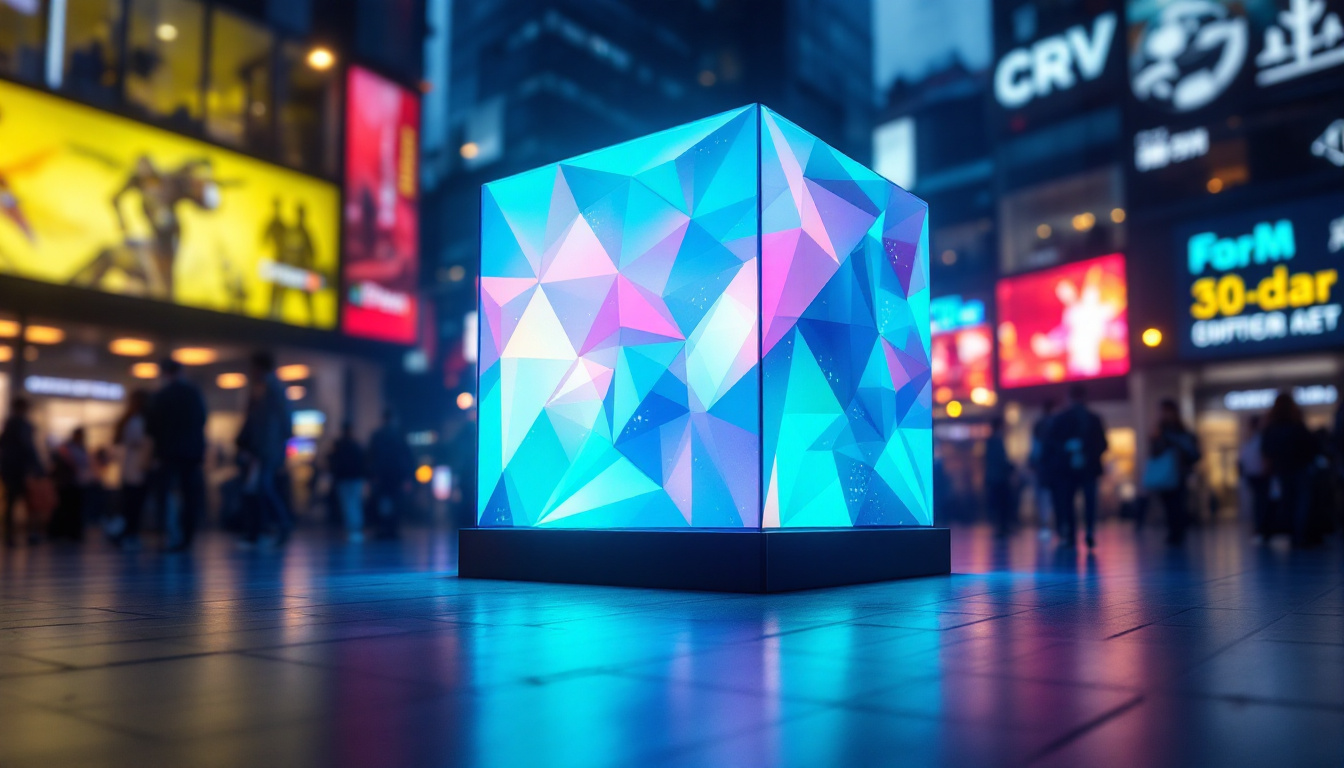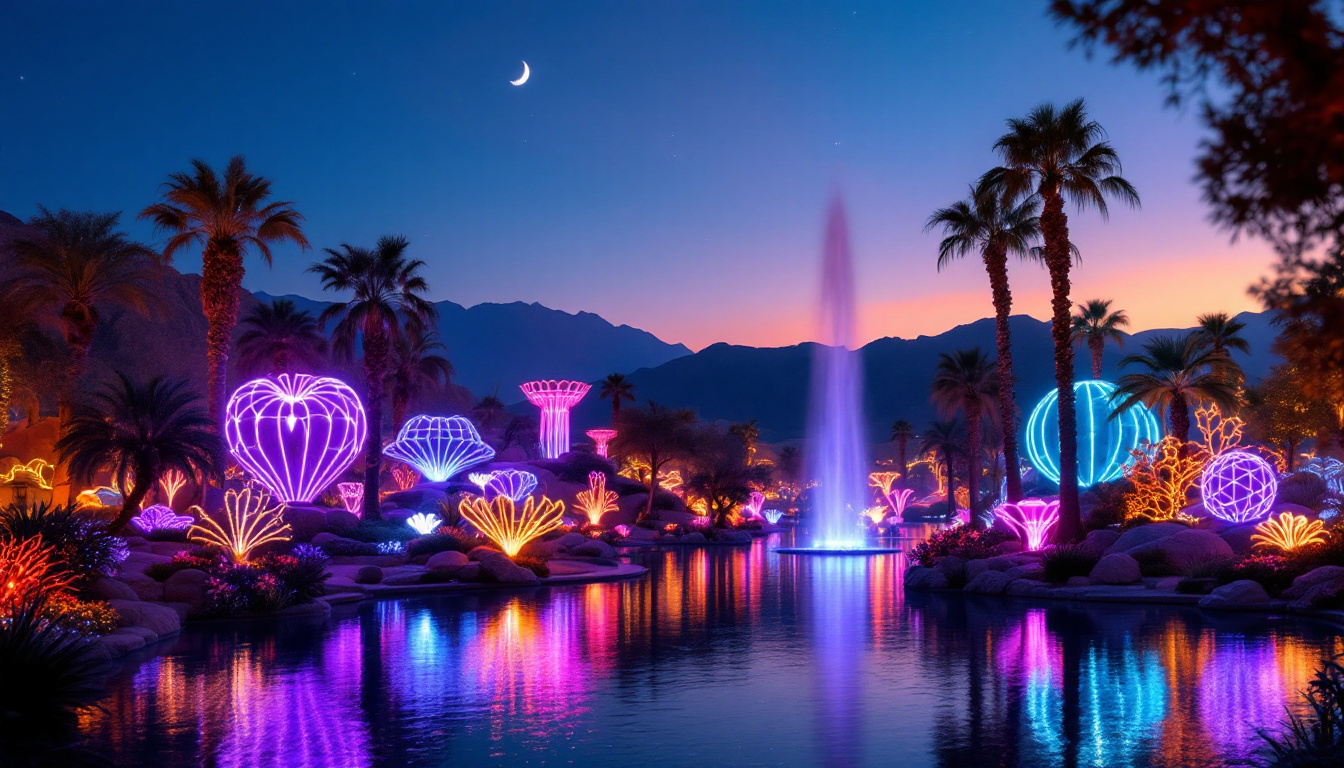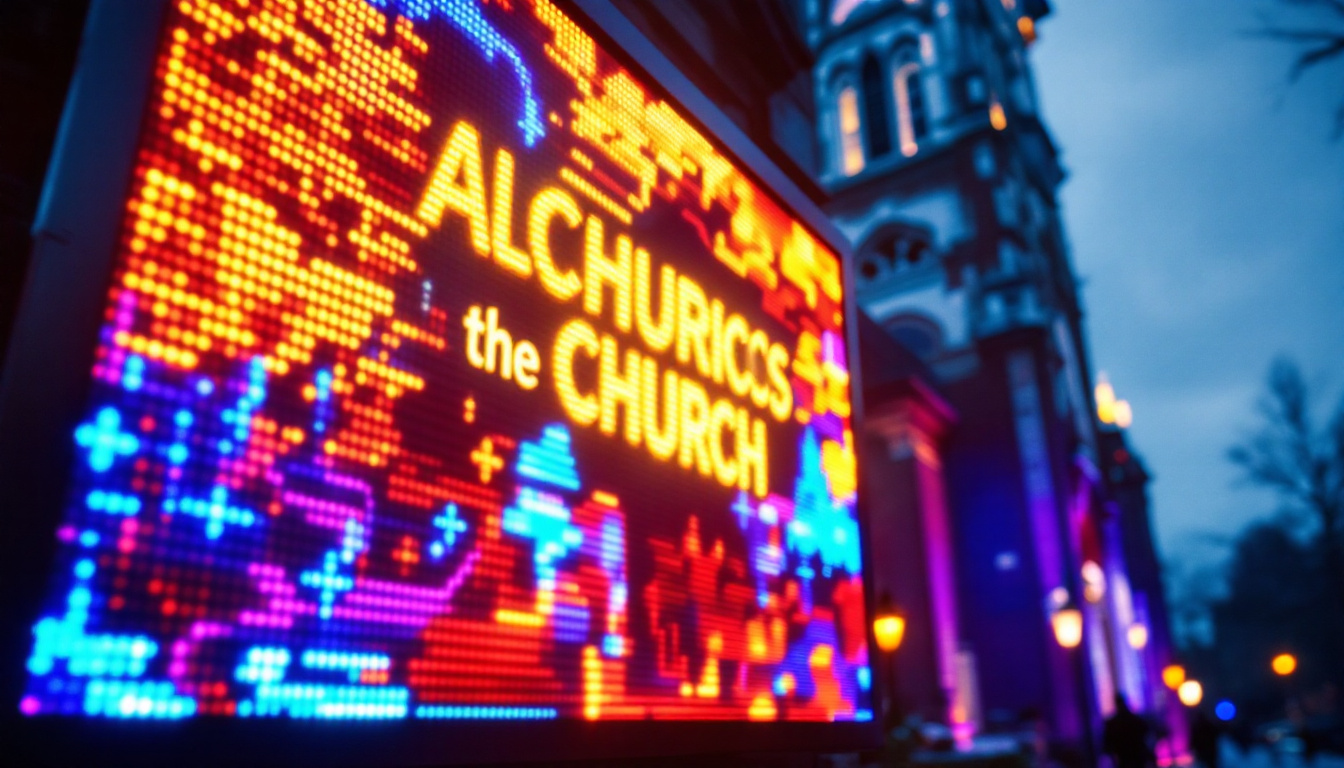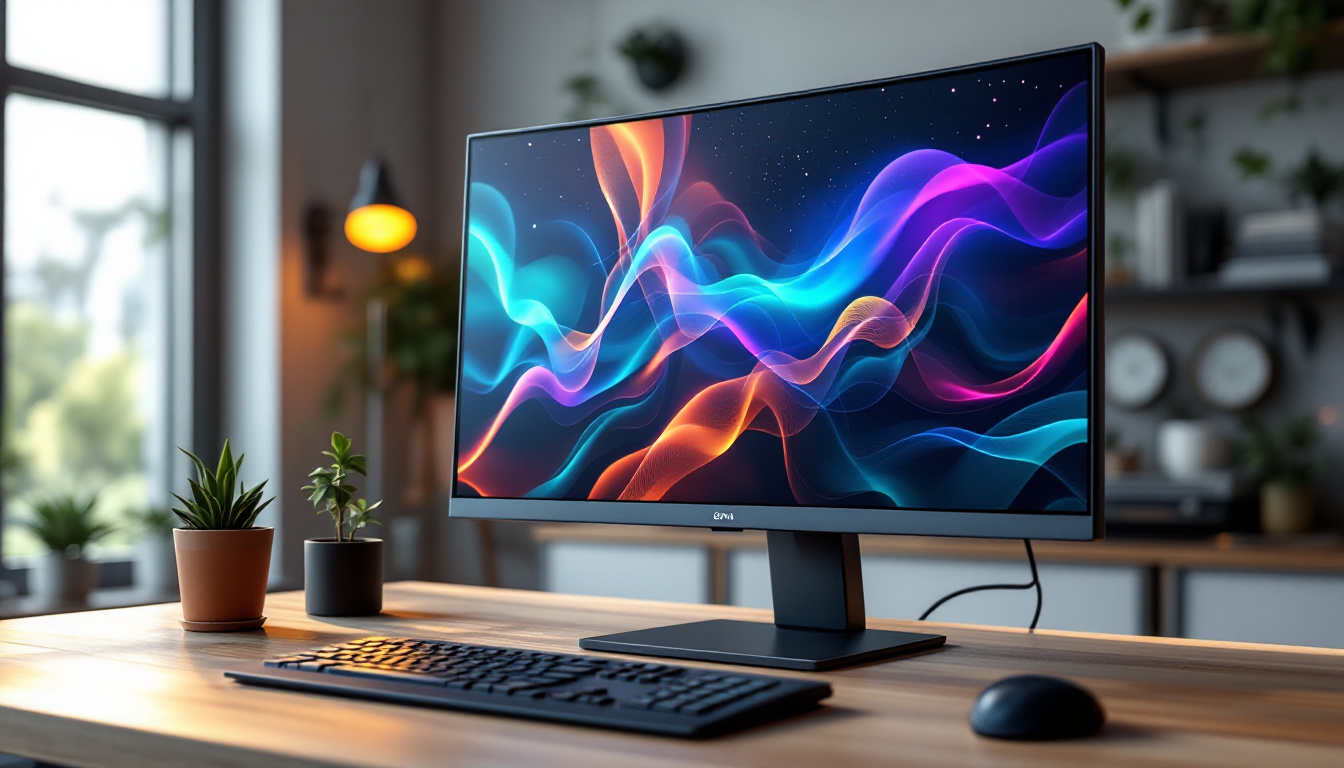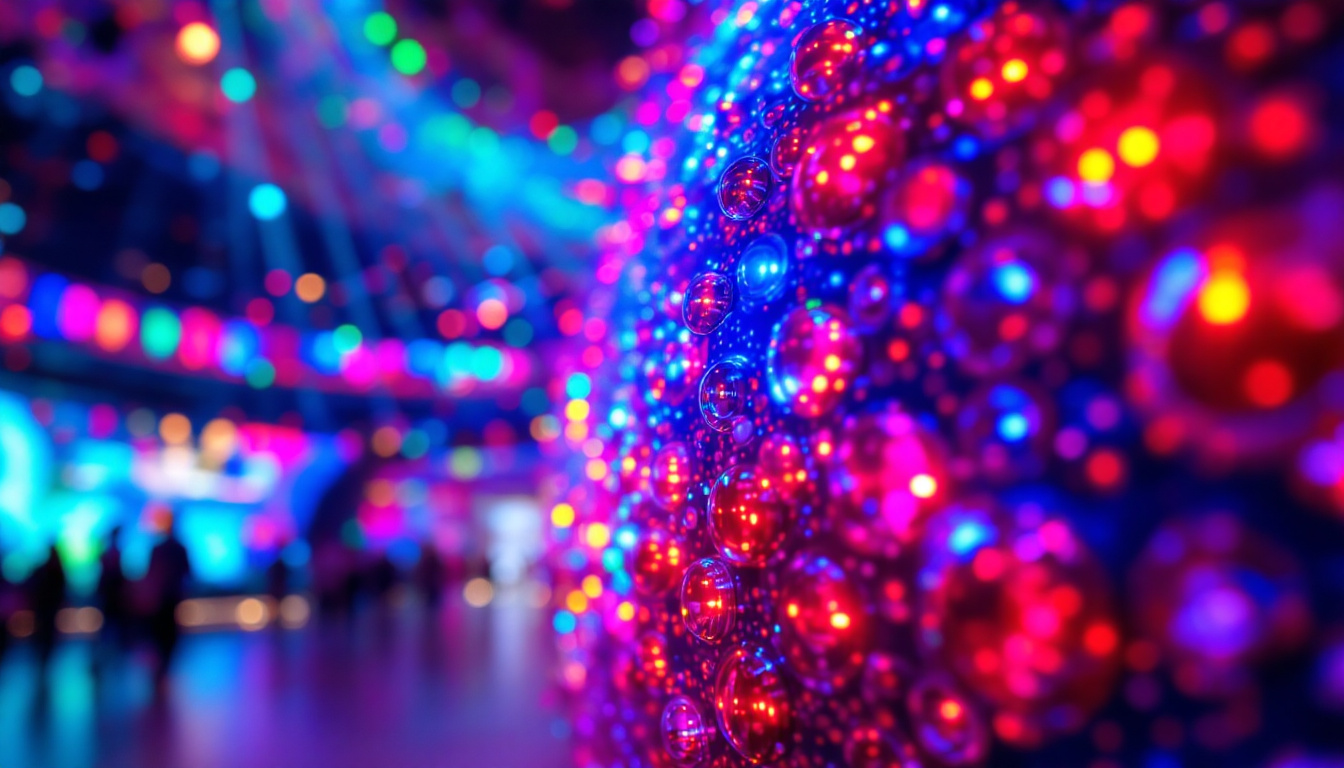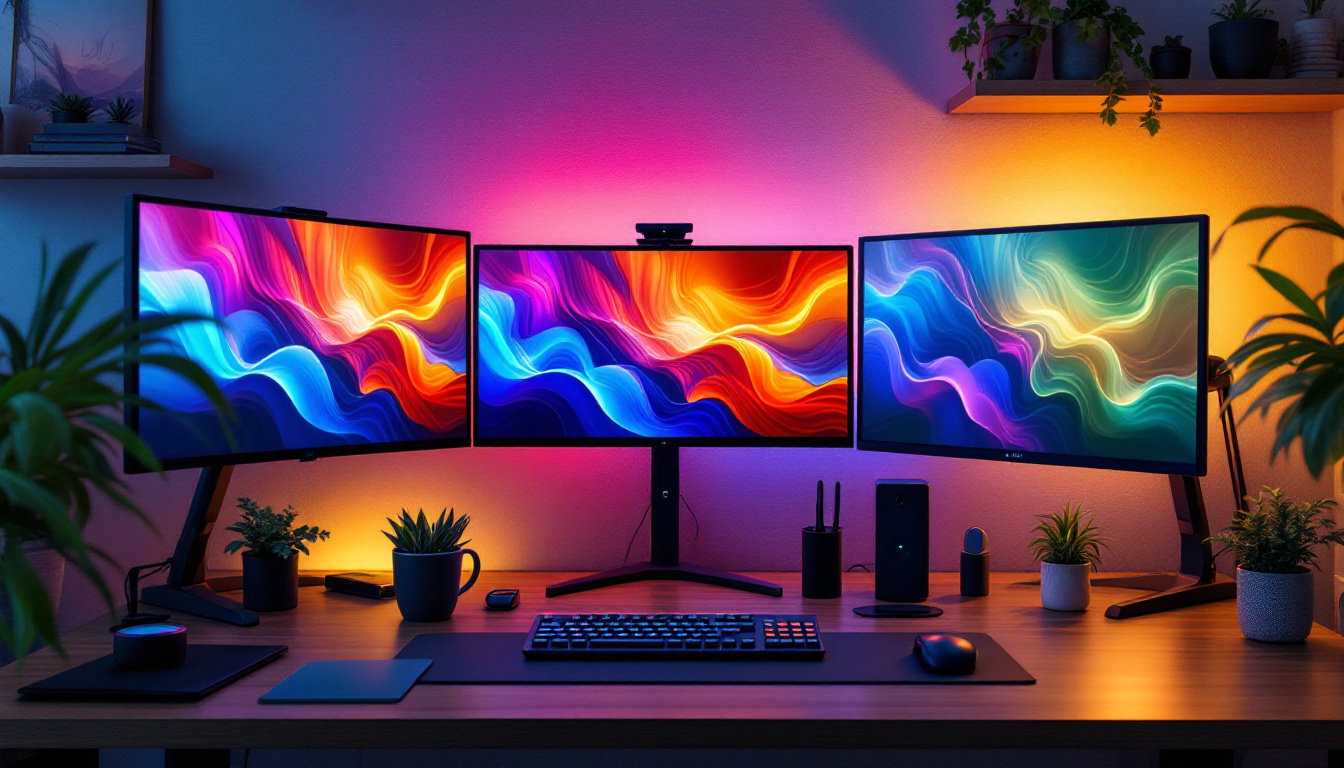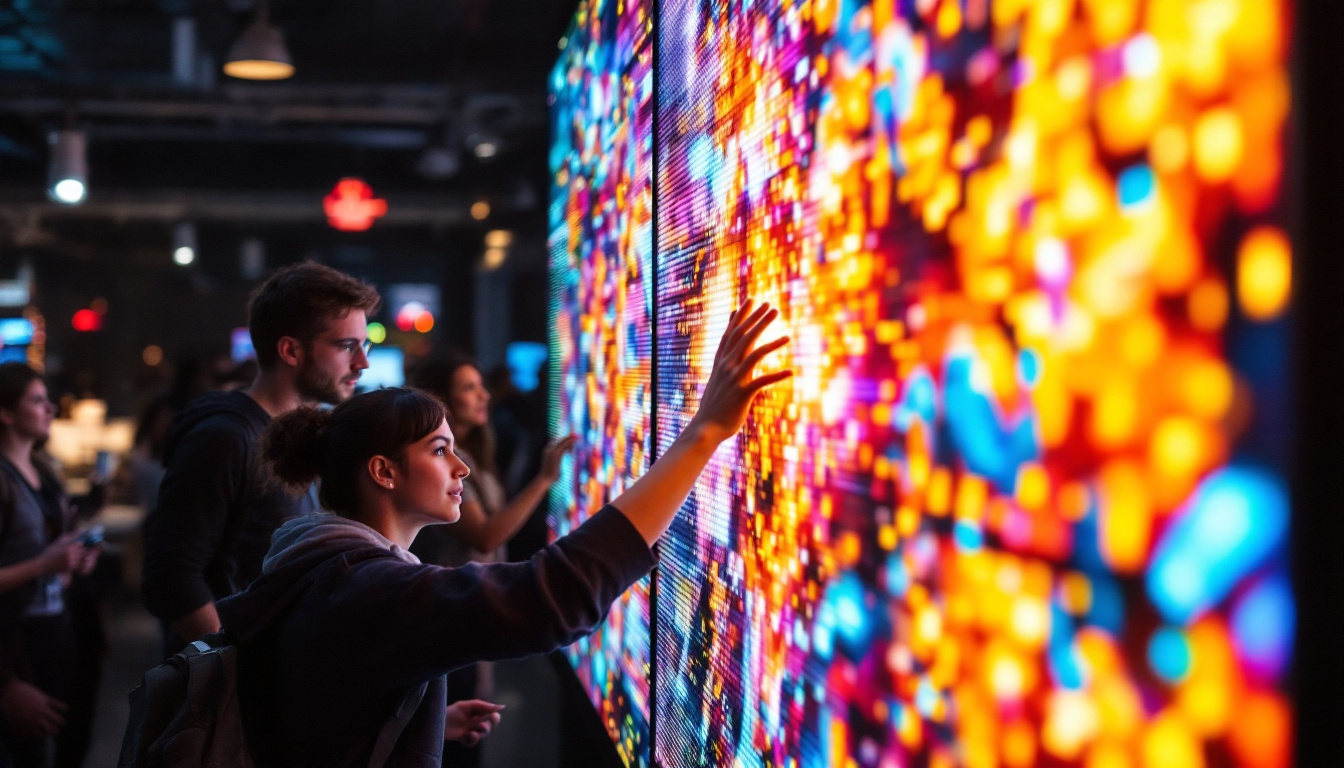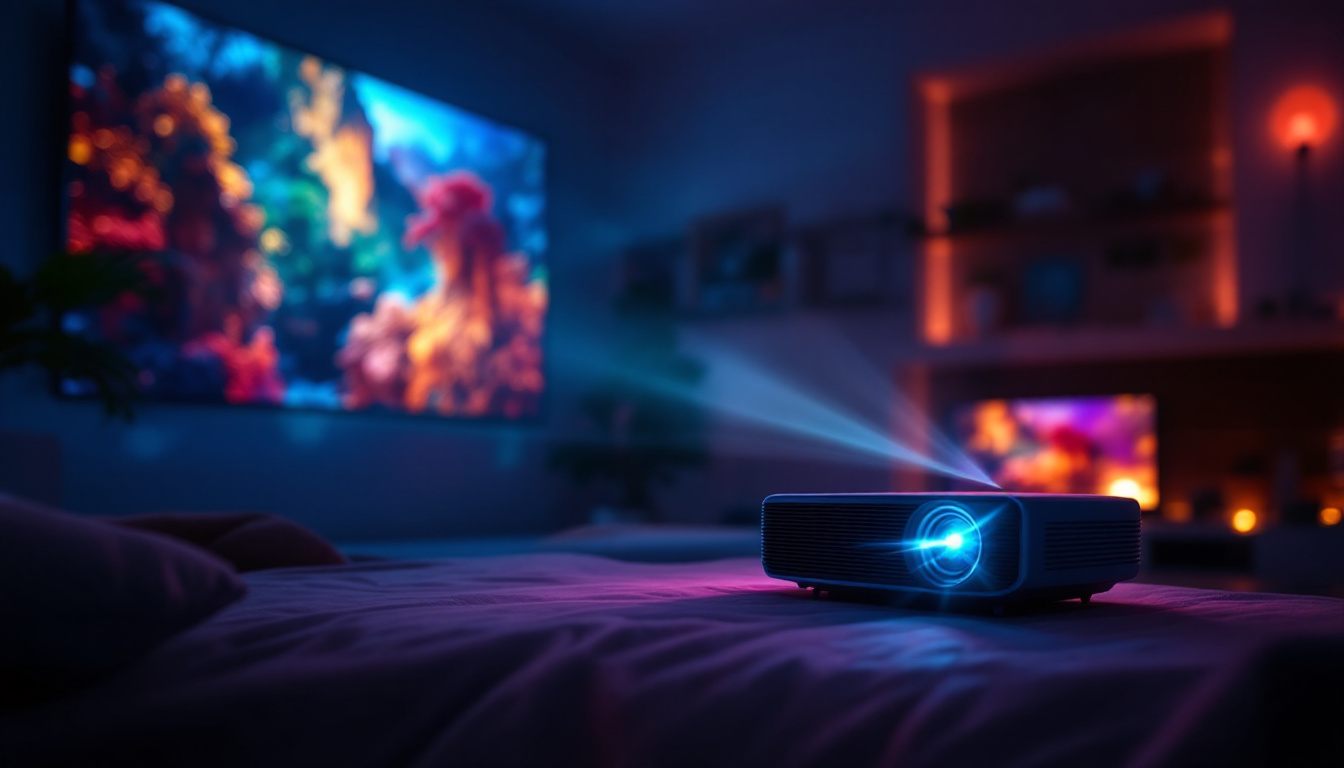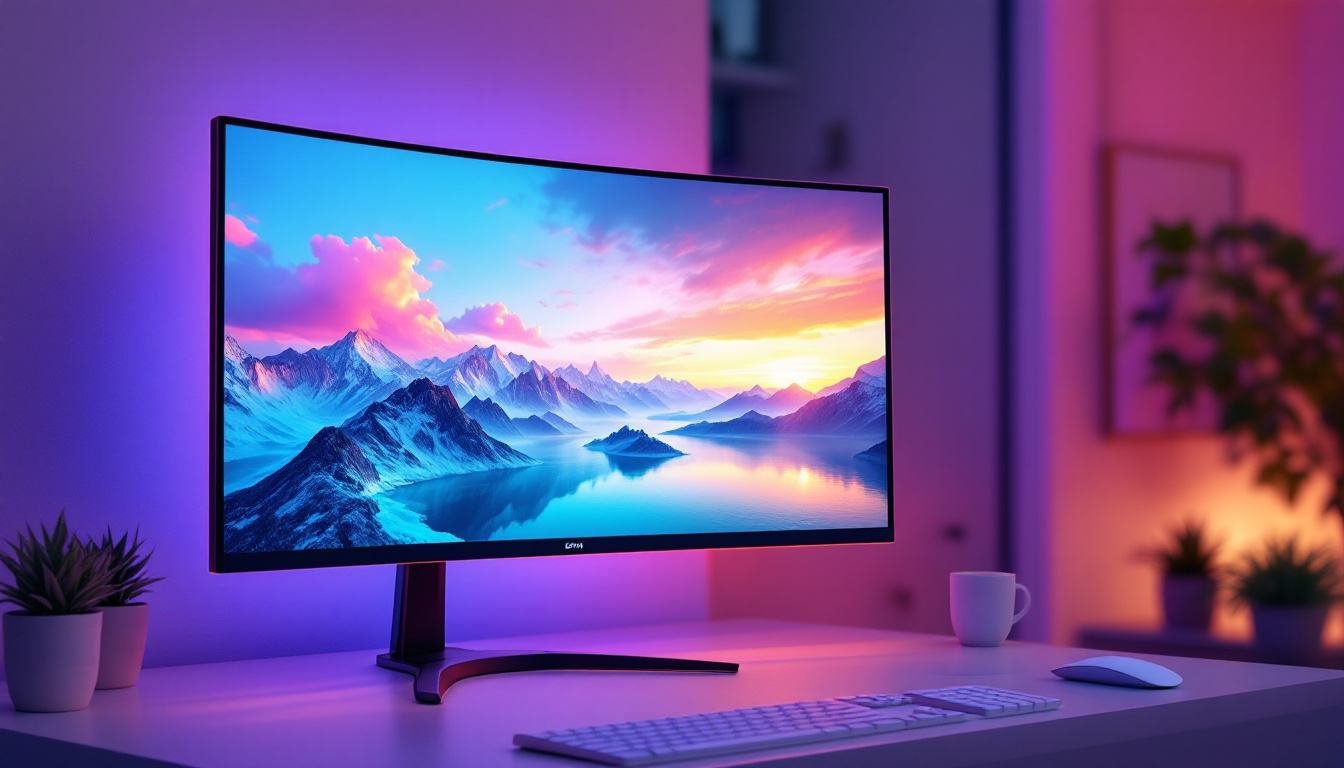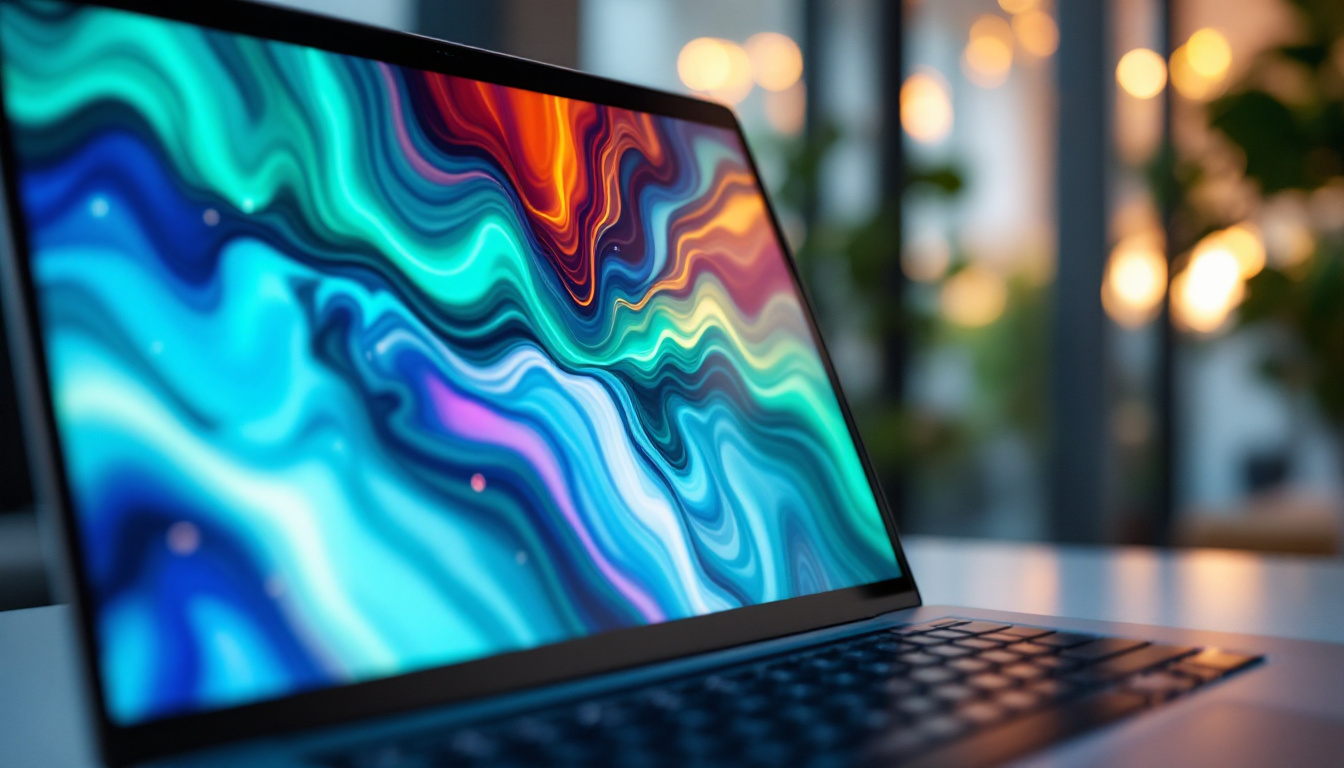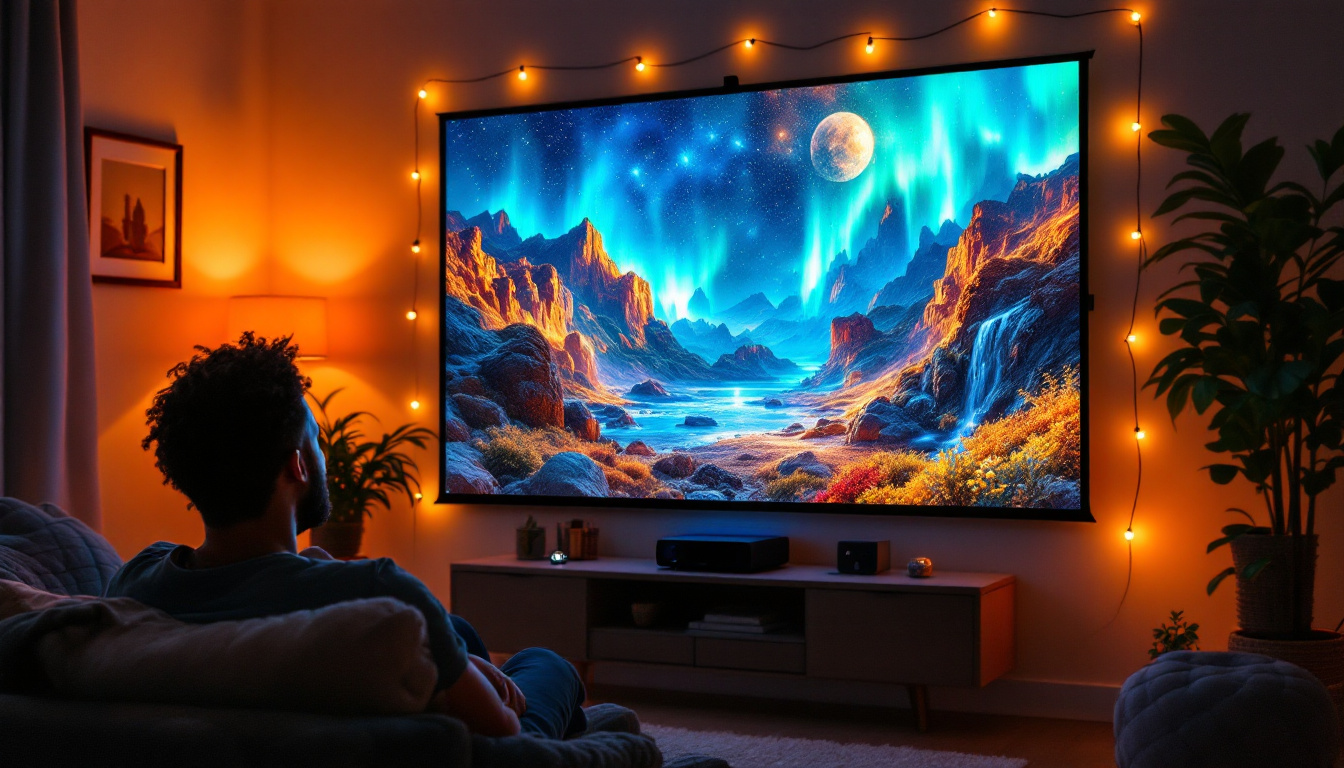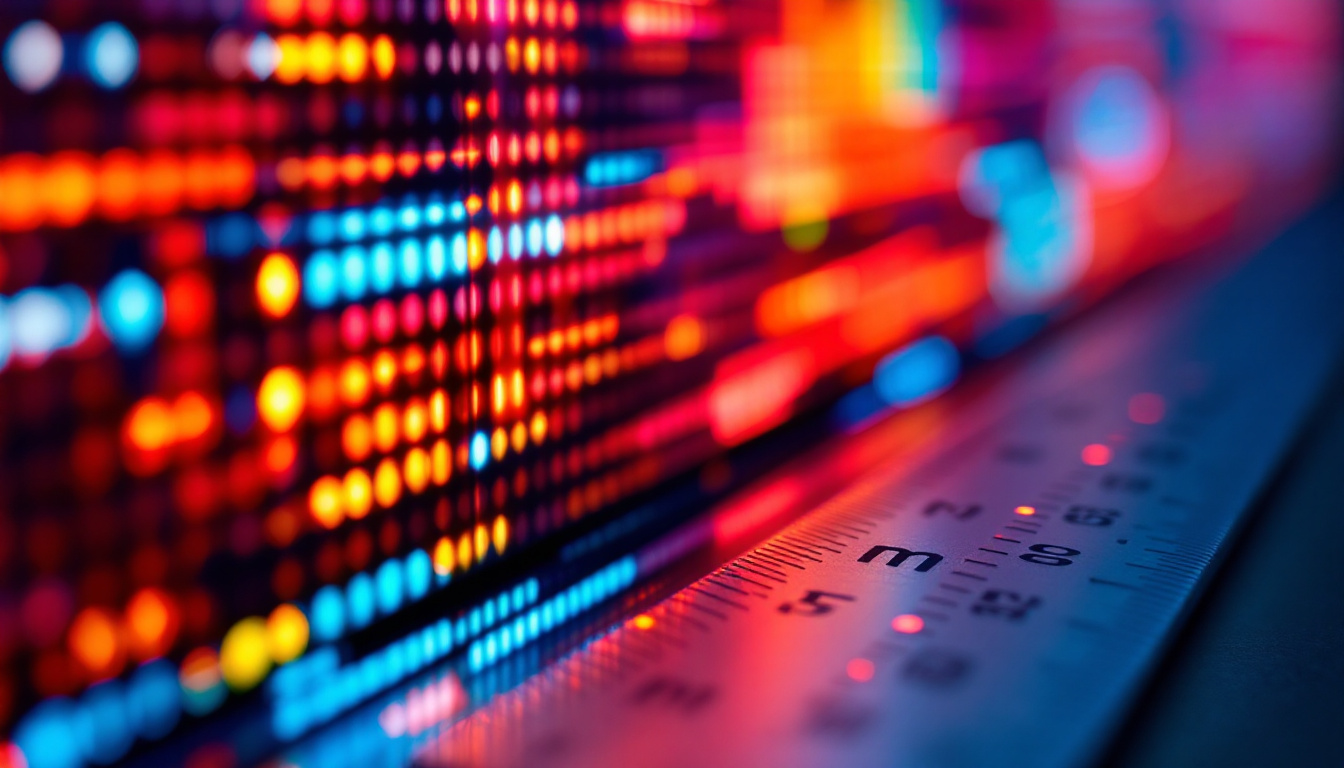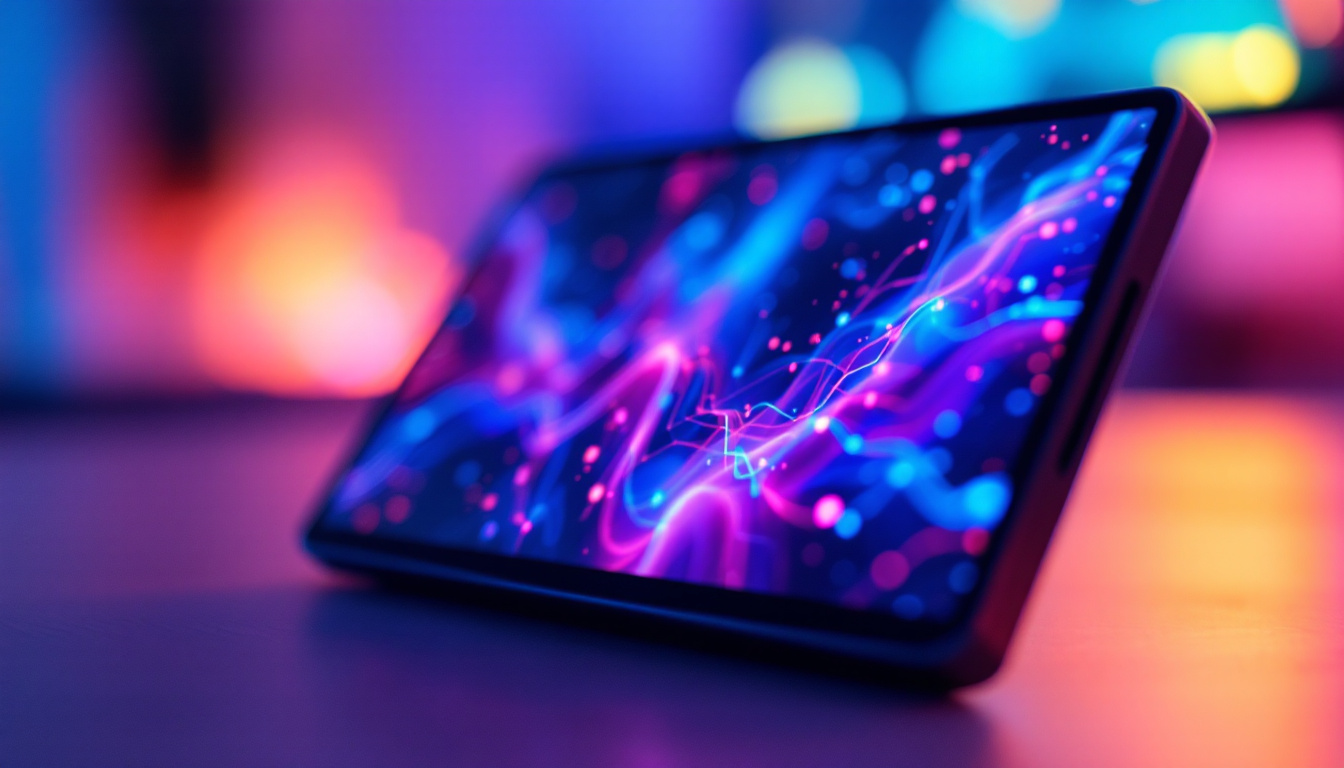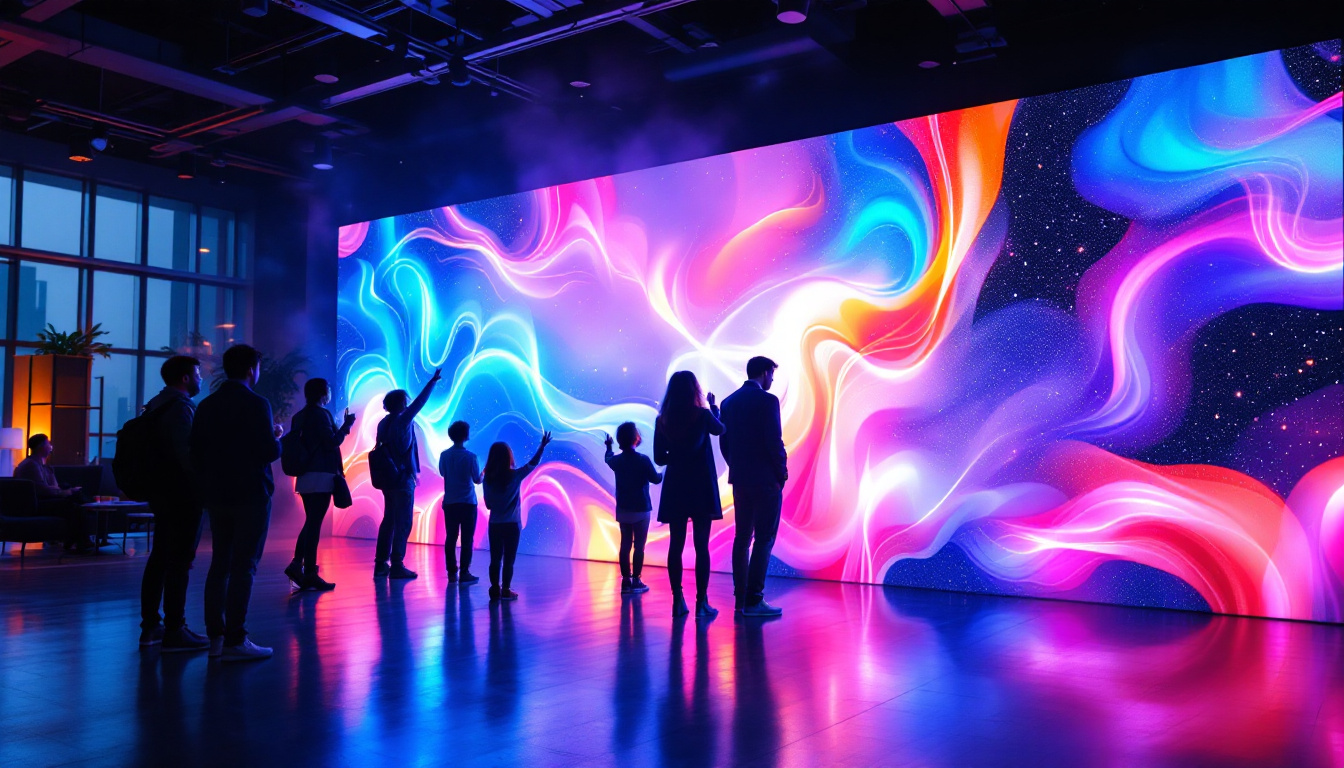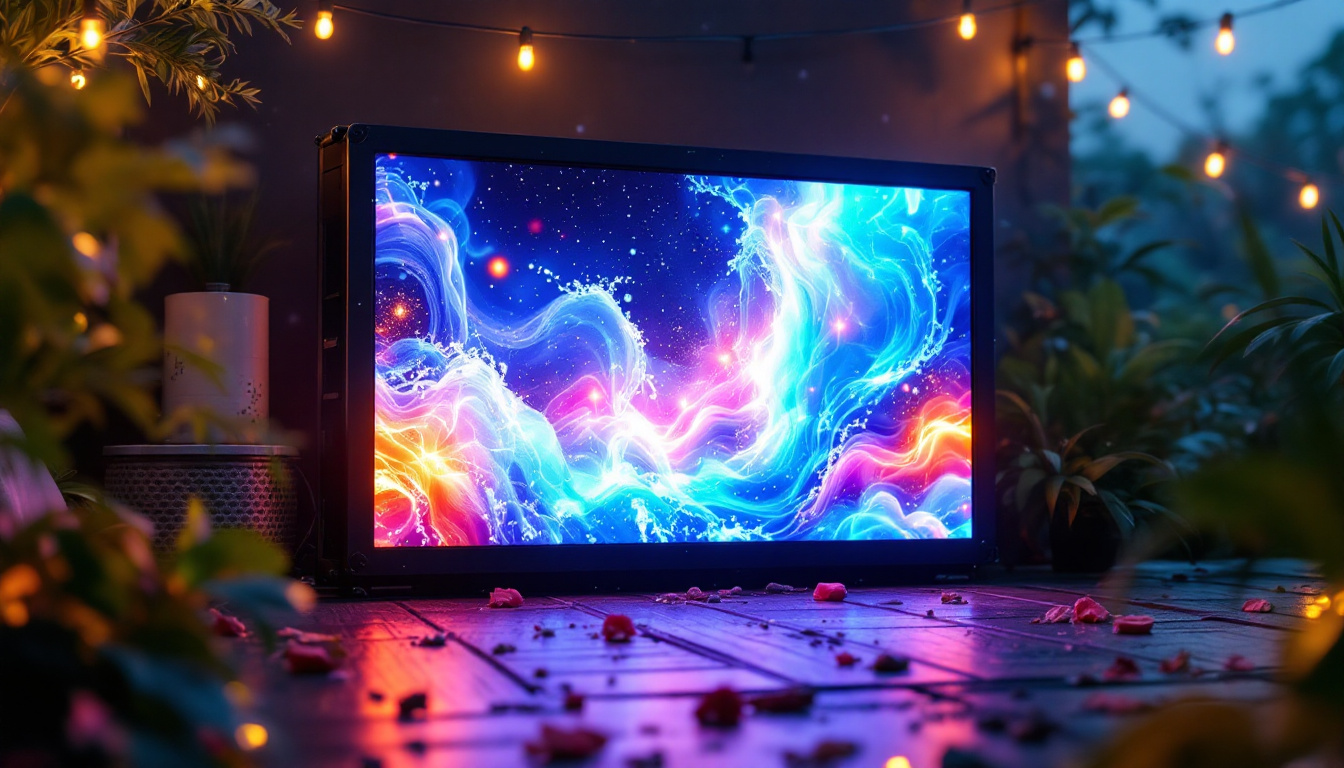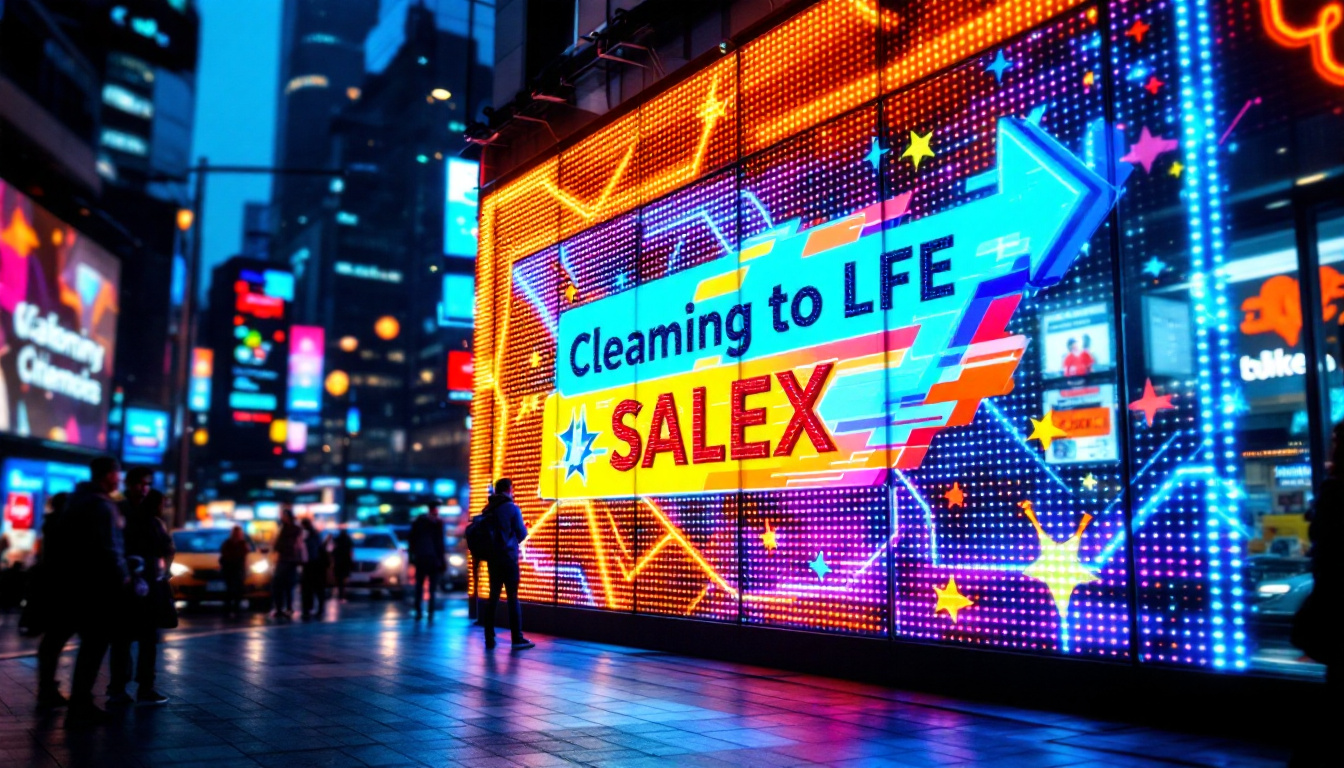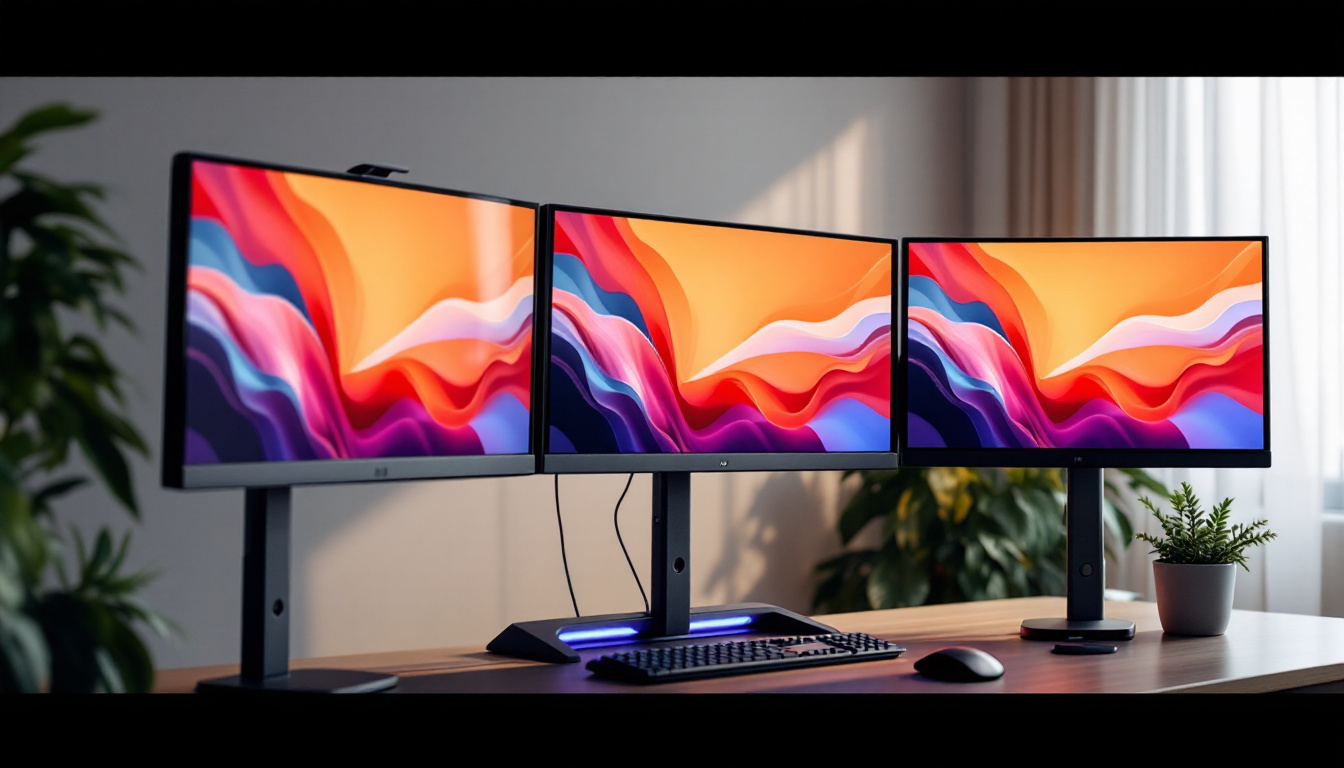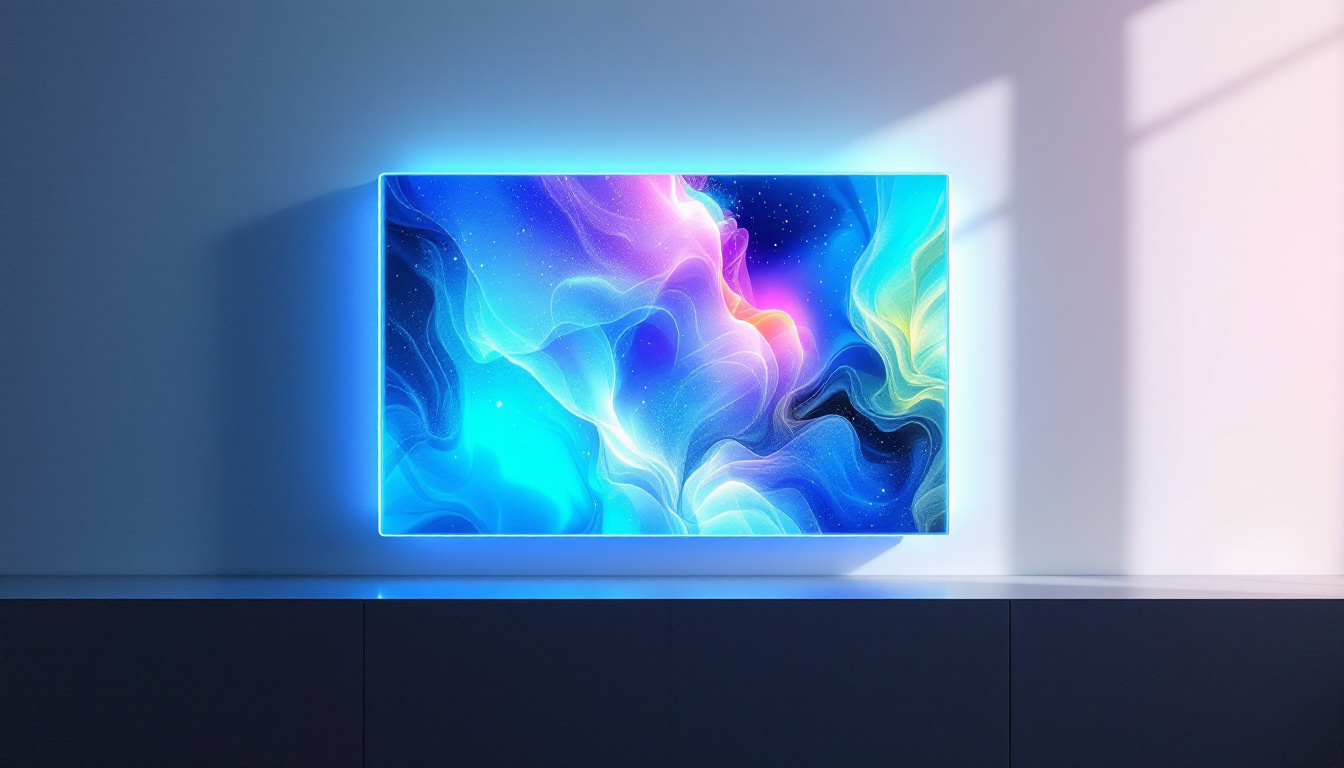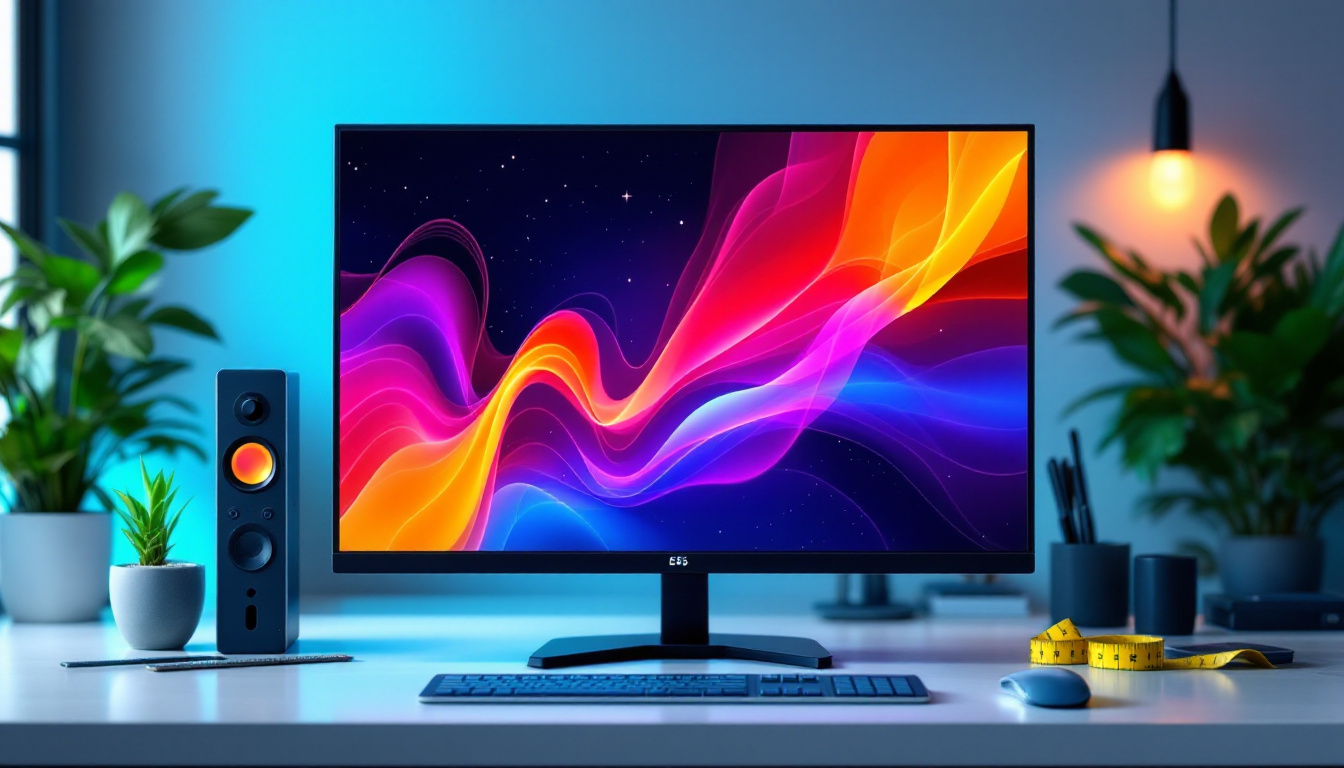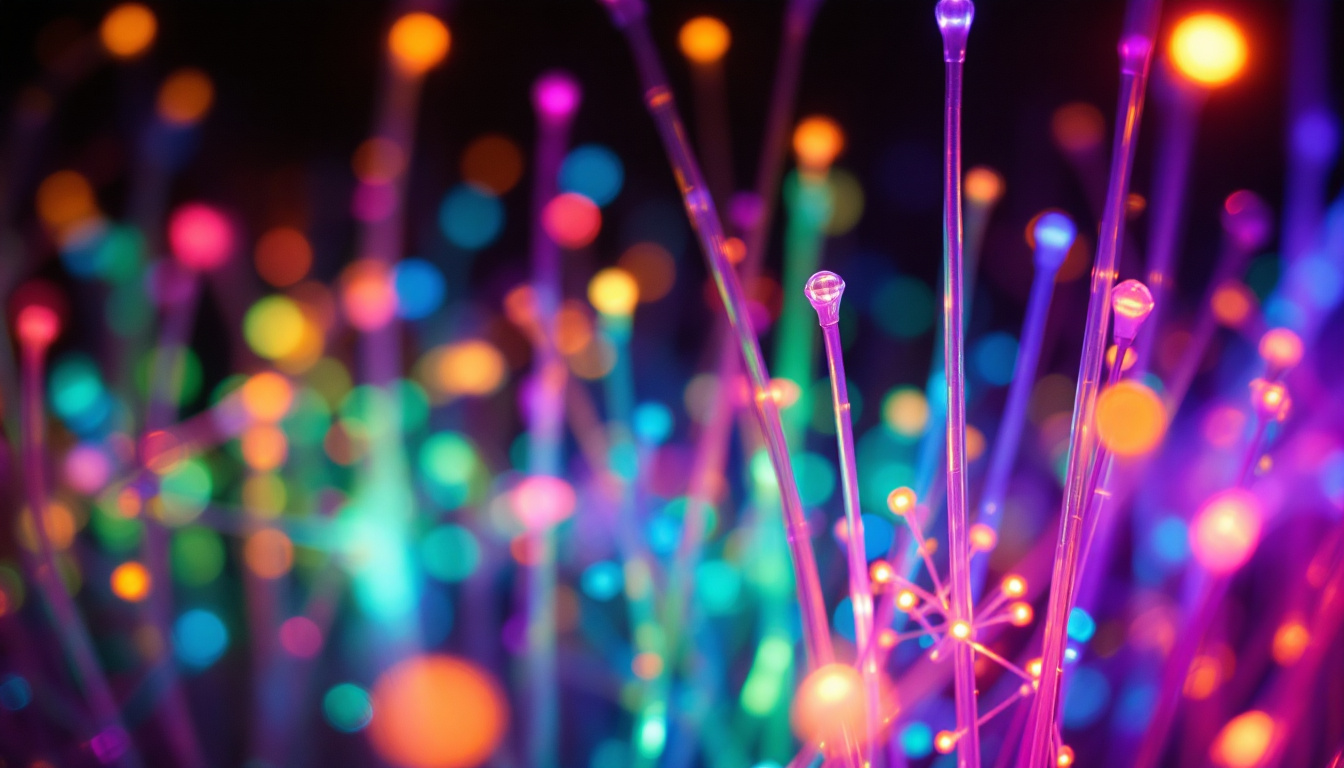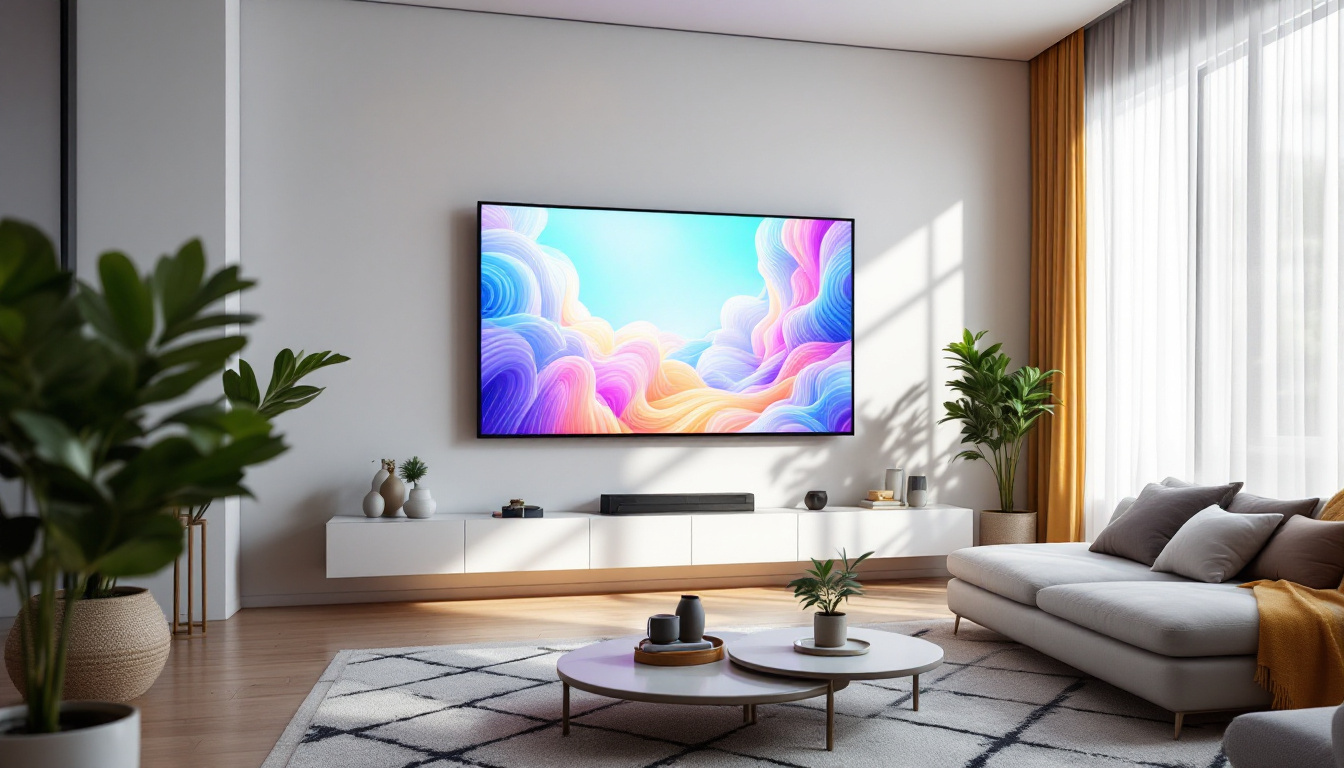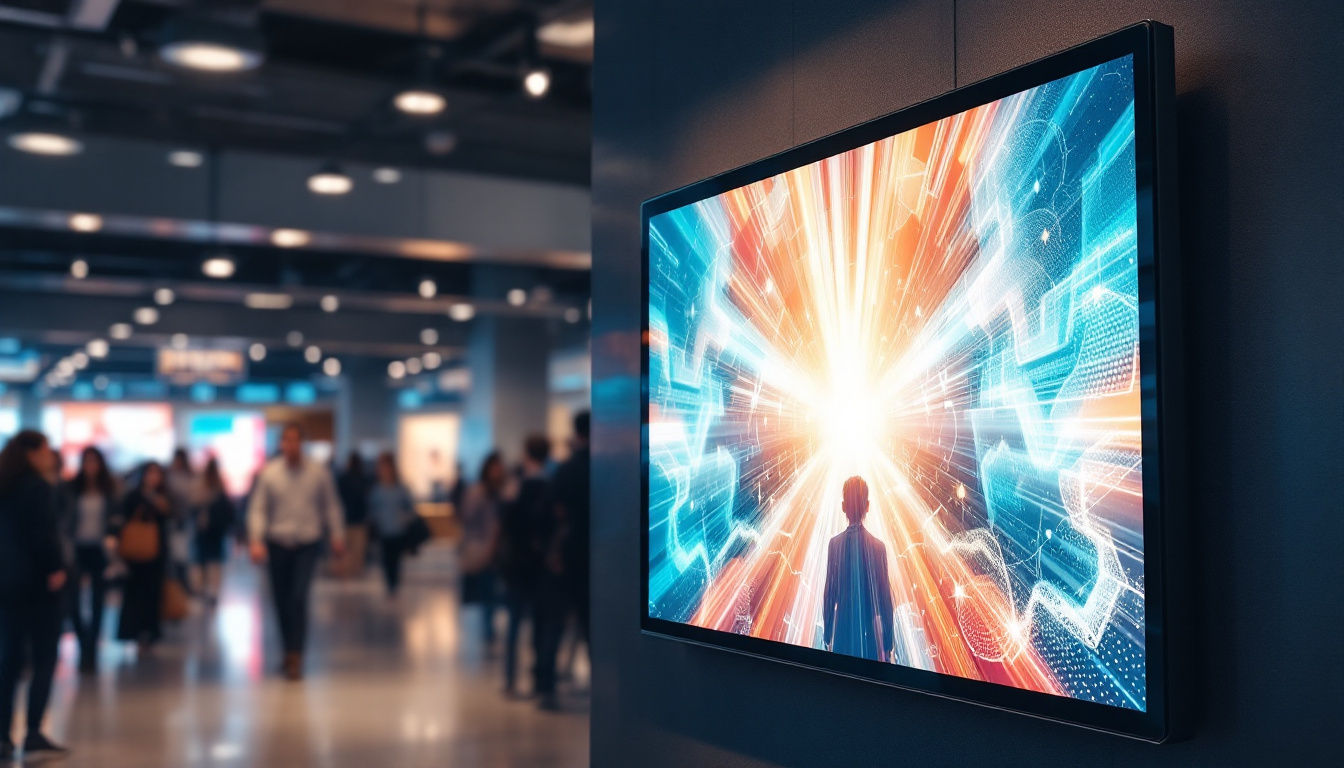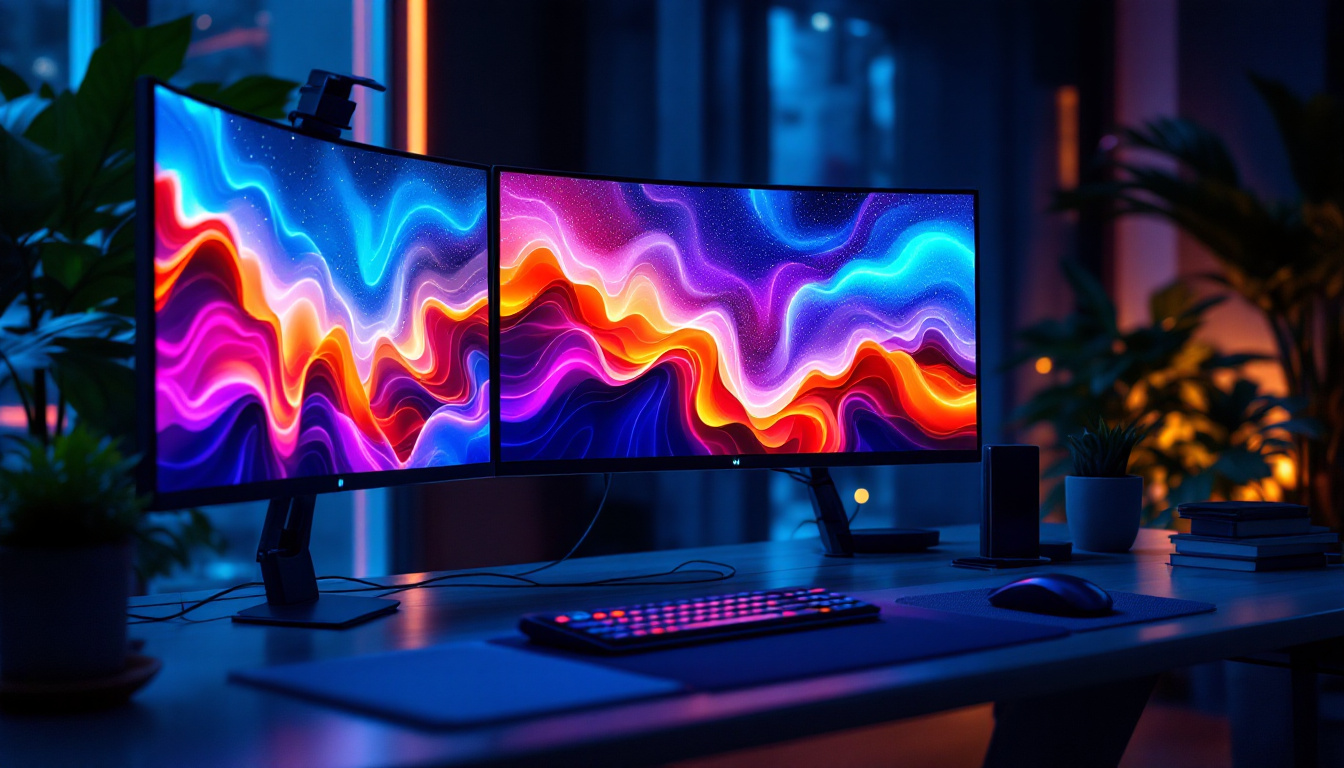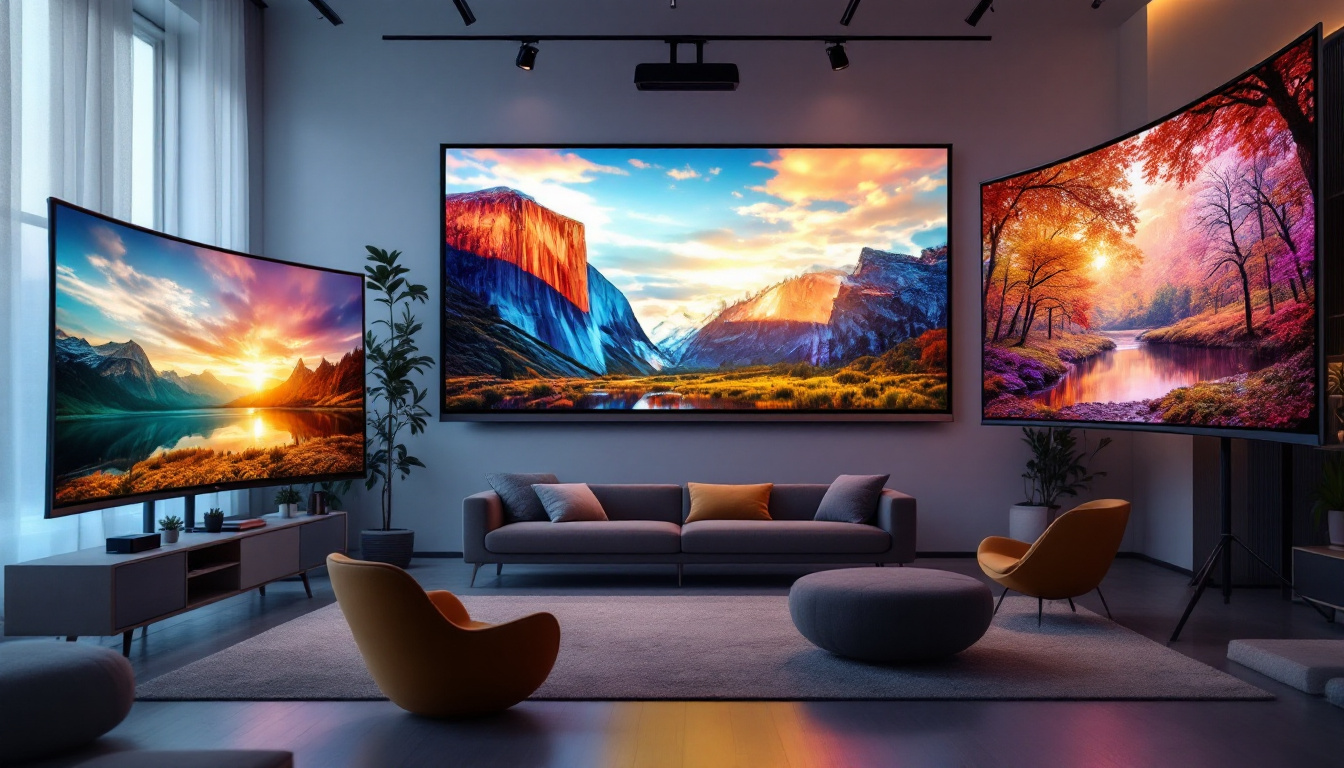In the world of modern display technology, LED displays have emerged as a dominant force, revolutionizing how information is presented visually. Among the various types of LED displays, cubic LED displays have gained significant attention for their unique design and functionality. This article delves into the intricacies of cubic LED displays, exploring their features, applications, and advantages over traditional display technologies.
Understanding LED Technology
Light Emitting Diodes (LEDs) are semiconductor devices that emit light when an electric current passes through them. This technology has transformed the display industry, offering brighter, more energy-efficient, and longer-lasting alternatives to traditional lighting and display methods. The compact size of LEDs also allows for innovative design possibilities, enabling manufacturers to create thinner, lighter, and more versatile products that can fit seamlessly into various environments, from homes to public spaces.
The Basics of LED Displays
LED displays are composed of numerous individual LEDs arranged in a grid or matrix. These displays can produce a wide range of colors and brightness levels, making them suitable for various applications, from billboards to televisions. The core advantage of LED technology lies in its ability to deliver high-quality images with excellent contrast and color accuracy. Furthermore, the rapid response time of LEDs allows for dynamic content to be displayed without motion blur, making them ideal for fast-paced video and interactive applications.
Types of LED Displays
There are several types of LED displays, including direct view, backlit, and organic LED (OLED) displays. Each type has its unique characteristics and applications. Direct view LED displays are often used for large outdoor screens, while OLED displays are favored for their superior color reproduction and flexibility in design. Additionally, there are also Mini-LED and Micro-LED technologies, which offer even finer pixel pitch and improved brightness control, making them suitable for high-end televisions and professional monitors. These advancements in LED technology continue to push the boundaries of visual experiences, allowing for immersive environments in gaming, virtual reality, and digital art installations.
What is a Cubic LED Display?
A cubic LED display is a three-dimensional LED structure that allows for dynamic visual presentations. Unlike traditional flat displays, cubic LED displays can create immersive experiences by projecting images and videos onto multiple surfaces simultaneously. This innovative design not only enhances visual appeal but also engages viewers in a more interactive manner. The ability to create depth and perspective in visual content makes cubic LED displays particularly effective in environments where capturing attention is crucial, such as trade shows, retail spaces, and entertainment venues.
Design and Structure
The design of cubic LED displays typically consists of multiple LED panels arranged in a cube or other geometric shapes. These panels can be programmed to display different content on each side, allowing for a versatile range of visual effects. The modular nature of cubic LED displays means that they can be easily expanded or reconfigured to suit specific needs. This flexibility is particularly beneficial for businesses that may want to adapt their displays for different events or promotional campaigns. The use of lightweight materials in the construction of these displays also contributes to their portability, making them suitable for both permanent installations and temporary setups.
How Cubic LED Displays Work
Cubic LED displays operate on the same principles as traditional LED displays, utilizing a matrix of LEDs to create images. However, the programming and control systems for cubic displays are more sophisticated, enabling complex animations and transitions. Advanced software allows for real-time content management, making it possible to synchronize visuals across multiple panels seamlessly. This capability is particularly advantageous in live event settings, where timing and coordination are essential for delivering a cohesive visual experience. Additionally, many cubic LED displays are equipped with sensors that can detect audience movement, allowing for interactive features that respond to viewer engagement, further enhancing the immersive quality of the display.
Applications of Cubic LED Displays
The versatility of cubic LED displays has led to their adoption in various sectors. From advertising to entertainment, these displays are making a significant impact across different industries.
Advertising and Marketing
Cubic LED displays are increasingly used in advertising, offering brands a unique way to capture consumer attention. Their three-dimensional nature allows for creative marketing campaigns that stand out in crowded environments. Retailers can use cubic displays to showcase products dynamically, enhancing customer engagement and driving sales. Furthermore, the ability to rotate and change content seamlessly can keep the advertising fresh and relevant, allowing brands to tailor their messages based on time of day, season, or even current events. This adaptability not only maximizes visibility but also fosters a deeper connection with consumers, who are more likely to remember a brand that utilizes innovative technology in its marketing strategy.
Events and Exhibitions
At trade shows, concerts, and other events, cubic LED displays provide a captivating visual experience. They can be used to create stunning backdrops, interactive installations, or even immersive environments that draw attendees in. The ability to display different content on multiple sides makes cubic displays ideal for engaging audiences from various angles. Additionally, these displays can be synchronized with audio and other multimedia elements, creating a cohesive sensory experience that enhances the overall atmosphere of the event. Organizers can leverage this technology to tell a story or convey a message that resonates with participants, making the event memorable and impactful.
Art and Installations
Artists and designers are increasingly incorporating cubic LED displays into their works, pushing the boundaries of creativity. These displays can transform spaces into interactive art installations, inviting viewers to explore and engage with the artwork in new ways. The combination of light, color, and movement creates a dynamic experience that captivates audiences. Moreover, the programmable nature of these displays allows artists to experiment with different visual narratives, creating a constantly evolving piece that can change with each viewing. This interactivity not only enhances the viewer’s experience but also encourages dialogue and reflection, as audiences are invited to participate in the artistic process. As technology continues to advance, the potential for cubic LED displays in the art world is limitless, opening new avenues for expression and innovation.
Advantages of Cubic LED Displays
Cubic LED displays offer numerous advantages over traditional display technologies, making them a preferred choice for many applications.
Enhanced Visual Impact
The three-dimensional design of cubic LED displays creates a more immersive experience compared to flat displays. This enhanced visual impact can capture attention more effectively, making them ideal for advertising and entertainment purposes. The ability to project images on multiple surfaces allows for creative storytelling and dynamic presentations.
Flexibility and Customization
Cubic LED displays are highly customizable, allowing businesses and artists to tailor their content to specific needs. The modular design means that displays can be easily expanded or reconfigured, providing flexibility for different environments and applications. This adaptability makes cubic displays suitable for both temporary and permanent installations.
Energy Efficiency
LED technology is known for its energy efficiency, and cubic LED displays are no exception. They consume significantly less power than traditional display technologies, reducing operational costs and environmental impact. This energy efficiency is particularly beneficial for businesses looking to minimize their carbon footprint while maintaining high-quality visuals.
Challenges and Considerations
While cubic LED displays offer many advantages, there are also challenges and considerations to keep in mind when implementing this technology.
Cost of Implementation
The initial investment for cubic LED displays can be higher than traditional display options. The advanced technology and customization capabilities often come at a premium. Businesses must weigh the long-term benefits against the upfront costs to determine if a cubic LED display is the right choice for their needs.
Maintenance and Upkeep
Like any technology, cubic LED displays require regular maintenance to ensure optimal performance. This includes cleaning, software updates, and potential repairs. Organizations must be prepared to allocate resources for ongoing maintenance to keep their displays functioning effectively.
Content Management
Managing content for cubic LED displays can be more complex than for traditional displays. The need for dynamic and synchronized content across multiple panels requires sophisticated software and skilled personnel. Organizations must invest in training and resources to effectively manage and update their displays.
The Future of Cubic LED Displays
The future of cubic LED displays looks promising as technology continues to evolve. Innovations in LED technology, software development, and design will likely lead to even more advanced and versatile displays.
Advancements in Technology
As LED technology advances, cubic displays will benefit from improvements in brightness, color accuracy, and energy efficiency. Future developments may also include enhanced interactivity, allowing viewers to engage with the content in real-time through touch or motion sensors.
Broader Applications
As cubic LED displays become more accessible and affordable, their applications are expected to expand beyond advertising and events. Industries such as education, healthcare, and transportation may adopt cubic displays for information dissemination, enhancing communication and engagement in various settings.
Integration with Other Technologies
Future cubic LED displays may also integrate with other emerging technologies, such as augmented reality (AR) and virtual reality (VR). This integration could create even more immersive experiences, blurring the lines between digital and physical environments and opening up new possibilities for storytelling and interaction.
Conclusion
Cubic LED displays represent a significant advancement in display technology, offering unique advantages and applications across various industries. Their ability to create immersive, dynamic visual experiences makes them a powerful tool for advertising, entertainment, and artistic expression. As technology continues to evolve, cubic LED displays are poised to play an increasingly important role in how information is presented and experienced. Organizations considering this technology should weigh the benefits against the challenges, ensuring they are well-prepared to harness the full potential of cubic LED displays.
Discover the Future of Visual Experience with LumenMatrix
Ready to elevate your visual communication and captivate your audience with the latest in LED display technology? Look no further than LumenMatrix, a pioneer in crafting mesmerizing LED display modules designed for maximum impact. From the bustling streets with our Outdoor LED Wall Display to the immersive environments of our Floor LED Display, we offer a comprehensive suite of solutions tailored to your unique needs. Embrace the future of dynamic and interactive visual experiences with LumenMatrix. Check out LumenMatrix LED Display Solutions today and transform the way you share your message with the world.

